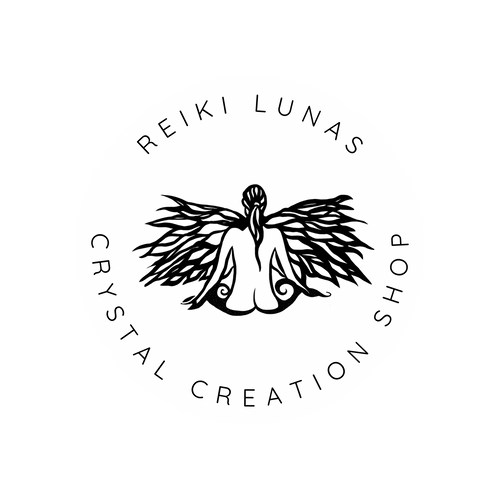For many artists, the act of creation itself is a spiritual practice. By tapping into their innermost thoughts and emotions, they are able to express themselves in a way that transcends language and logic. The creative process can be a form of meditation, allowing the artist to enter a state of flow where time seems to stand still and the outside world fades away.
In this state of flow, artists report feeling a sense of connection to something greater than themselves. Some describe it as a feeling of being in tune with the universe or the divine, while others describe it as a sense of being guided by a higher power or energy.
Through their art, artists are able to explore their deepest fears and desires, and to communicate with others in a way that goes beyond words. Art has the power to evoke emotions, to inspire, and to uplift, and many people turn to art as a source of comfort and solace during times of stress or uncertainty.
In addition to its therapeutic benefits, art can also be a source of spiritual growth and transformation. By creating art, we are able to express ourselves in a way that goes beyond our limitations as individuals, and to connect with something larger and more meaningful.
Whether you are an artist or simply a lover of art, there are many ways to incorporate creativity into your spiritual practice. You might try incorporating art into your daily meditation practice, or using art to explore your innermost thoughts and emotions. You might also consider attending art exhibits or performances as a form of spiritual nourishment, or taking a class in a new art form to expand your creative horizons.
Ultimately, the power of art lies in its ability to connect us with something greater than ourselves. By tapping into our innermost thoughts and emotions, we are able to create something that transcends our individuality and speaks to the universal human experience. Whether you are creating art or simply enjoying it, allow yourself to be open to the spiritual possibilities that art has to offer.

